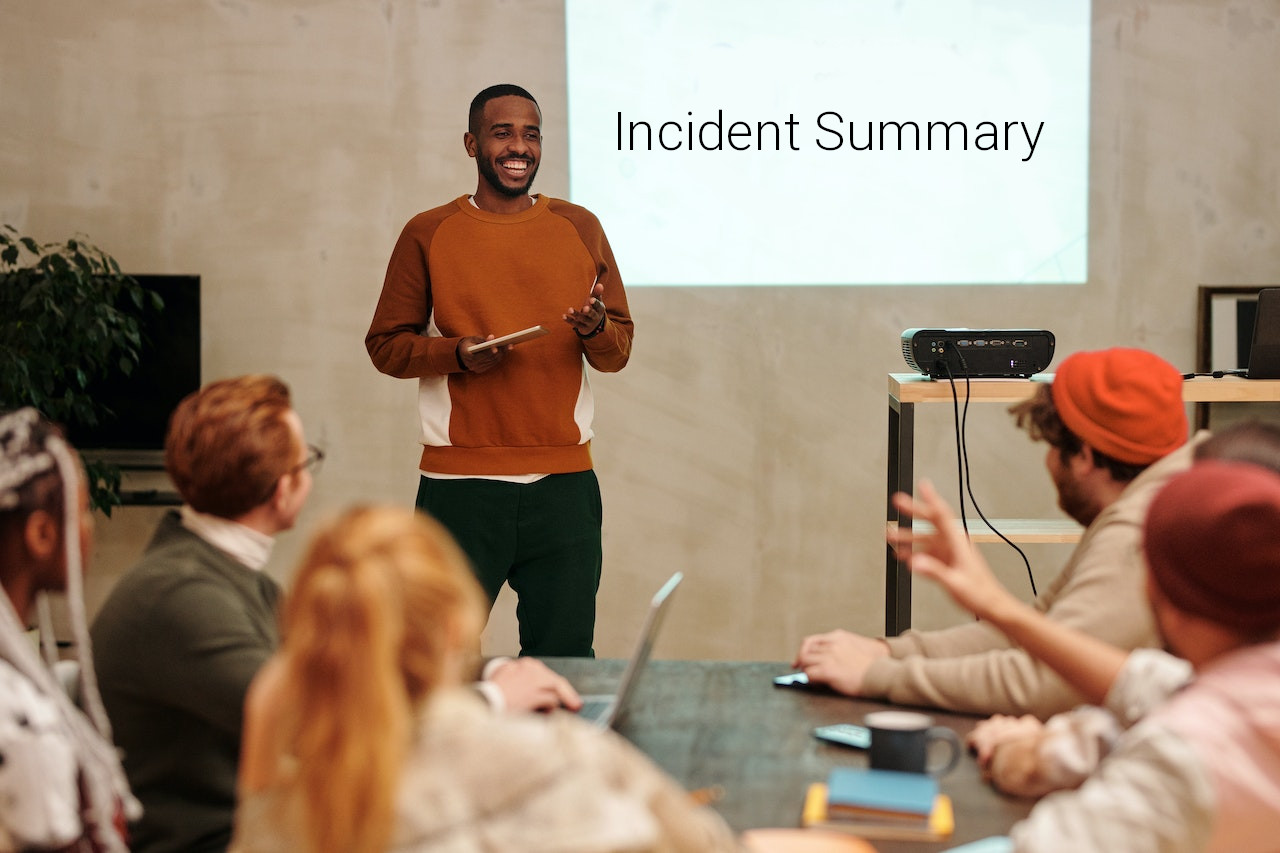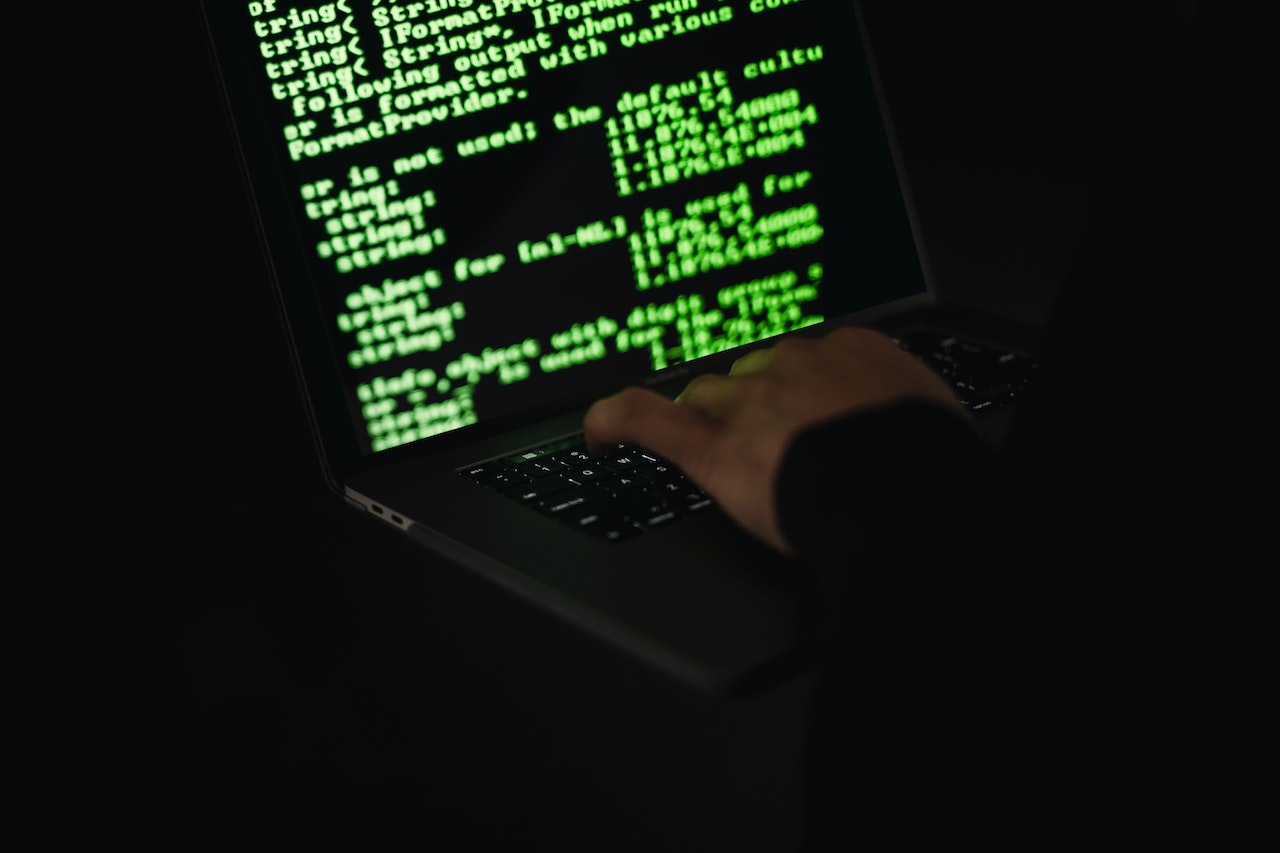When operating large-scale production systems, we rely on infrastructure-as-code (IaC) to keep the state of servers and cloud resources consistent over time. We also benefit from observability platforms to automatically gather metrics from these resources.
However, there are times when both of these essential mechanisms are rendered ineffective during a production incident. How can an engineer troubleshoot and implement a fix successfully across a large number of hosts?
Enter the parallel distributed shell.
A parallel...








